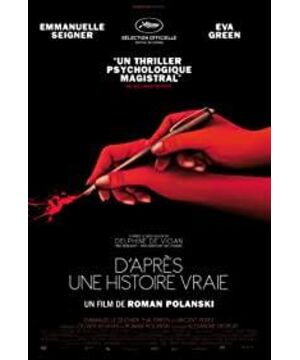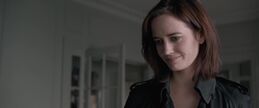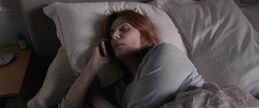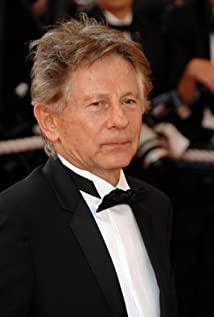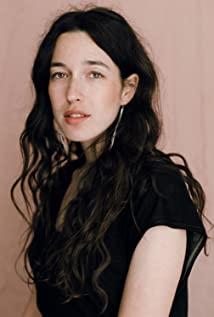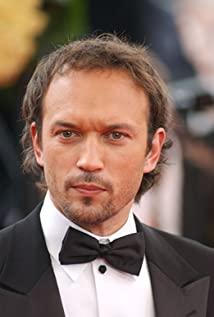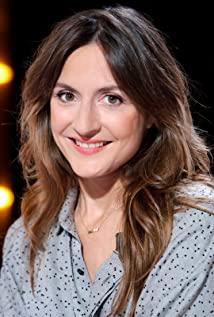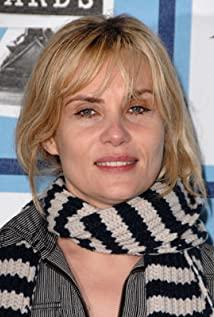(Text/Yang Shiyang)
This Polanski's new work may be destined to have mixed reputations. Whether in terms of the presentation of the movie itself or in terms of the story structure, it can see too many shadows of the previous works. It is simply and roughly summarized. It is a bit like Stephen- Jin’s "Ten Days of Dangerous Love" is the main body, and occasionally flashes some of the ghosts of "The Shining", occasionally reminding people of the transformed shadow of "The Enemy of the People", and finally embellished with the suspense label of Ou Rong-style. Became this "Adapted from the Truth". This is a dangerous and bold choice. Polanski didn't want to conceal the classics and old stalks. His confidence was almost arrogant, and he believed that old bottles would still make new wine. "Truth Story Adaptation" has its unique charm-with a weird suspenseful event that continues to expand outward, it forms a continuous oppressive gravity that points to the heart. From this point of view, it is obviously different from those similar predecessors. The suspenseful tonality, the character setting of super book fans, and the fragile and twisted mind are actually shells. Its true spiritual direction is self-torture and self-examination. External The settings of the characters and the external environment are like walls and cages. In extreme environments, I force myself to interrogate myself and face the content that I have been trying to avoid.
In a novel or movie, it is very easy to set the writer as the protagonist to make the story smell of psychoanalysis. First, the writer is more like a kind of "meta-role", each story is created by the writer, and now, they again Being included in the story becomes the object to be viewed, disassembled and analyzed. Secondly, the writer lives on an ambiguous spiritual boundary, straddling the border between normal secular life and the fictional world, sometimes prying into the lives and thoughts of others, and sometimes also Disturbing one's reality and brain, creating the world like a god, and being extremely fragile when facing oneself, when such a setting enters the narrative, it is destined to turn into an ambiguous spectrum.
Generally speaking, "Truth Story Adaptation" tells a story of "the writer gets into a mental dilemma and breaks through it". Compared with the physical embarrassment of "Ten Days of Crisis", this story is beyond this. More is to narrate a kind of spiritual imprisonment. Even though it also involves the passage of the trapped body, if you read it carefully, you will find that the story enters from the spirit and escapes from the spirit from beginning to end. As a famous writer, Daifen is trapped in fame but unable to write new works. The story begins with a vocal signing event. Faced with a crowd of people expressing affection, Daifen is embarrassed and just wants to escape, but unexpectedly. I met a mysterious woman, Elle, who is a “shadow writer” who wrote biographies for famous people without signing them. She saw Daifen’s anxiety, and her listening and unique self-confidence temperament also attracted Daifen, they gradually got acquainted, only to find that things started to get out of control.
In terms of genre, "Truth Story Adaptation" is a standard suspense and psychological thriller. It has standard features. An alien mysterious character triggers the already precarious balance, making everything lead to an irreversible situation. However, it is maintaining suspense. At the same time as the background, from the beginning, the answer has been deliberately exposed, but all kinds of clues have been cleverly hidden and broadcasted little by little in the form of games or pranks.
The mysterious woman’s name is Elle, which means “her” in French and refers to gender, and of course it also covers Daffin herself. Elle’s profession is a shadow writer, a unique ambiguous character hidden behind the real author, and a promoter , Digger, Observer, Parasite, and even, Manipulator. The setting of this character is very clever. Their encounters and the emotional involvement between them are in line with the framework of reality from the surface. If you notice these hidden secrets, you can directly understand the spiritual context of the story from the beginning. Elle exists and does not exist, both visible everywhere and invisible at any time. In the process of the unfolding of the story line, Elle and Daffin only appear when they are alone, and others-whether Daffin’s family, editors or accidental. The reporters who came to visit had never seen Elle's real body. They either heard something from her, or they didn't even know that such a mysterious character broke into her life. So, everything becomes clear, you can understand it as a woman with a secret attempt to unexpectedly come and stimulate Daifen’s creative inspiration, and then disappear without a trace. You can also regard all this as a grand illusion and Mental hysteria, in fact, the "truth" is not important to this story at all. Compared to whether this woman has ever existed in reality, what is more important is the process and result of the inner storm being rolled up.
The work that made Daifen become famous involves a real past that others in the family want to hide. Therefore, she was repeatedly attacked by anonymous letters, in an attempt to completely leave reality and self in the next book, and write in a purely fictional way. From the end Look, those anonymous letters that are constantly being sent may also be part of this grand hysteria, leaking and manifesting the anxiety deep in my heart. Elle's identity is a biographer, which means writing truth, and what Daffin has always done is trying to escape from the truth, and the see-saw between them is nothing more than whether to face the true black hole in his heart. Therefore, this story is about cruel self-exploration, the dismantling and breakthrough of mental crisis, or, anyone can put aside all the pedigree of psychoanalysis and just treat it as a horror story with twists and turns and multiple reversals.
View more about D'après une histoire vraie reviews


